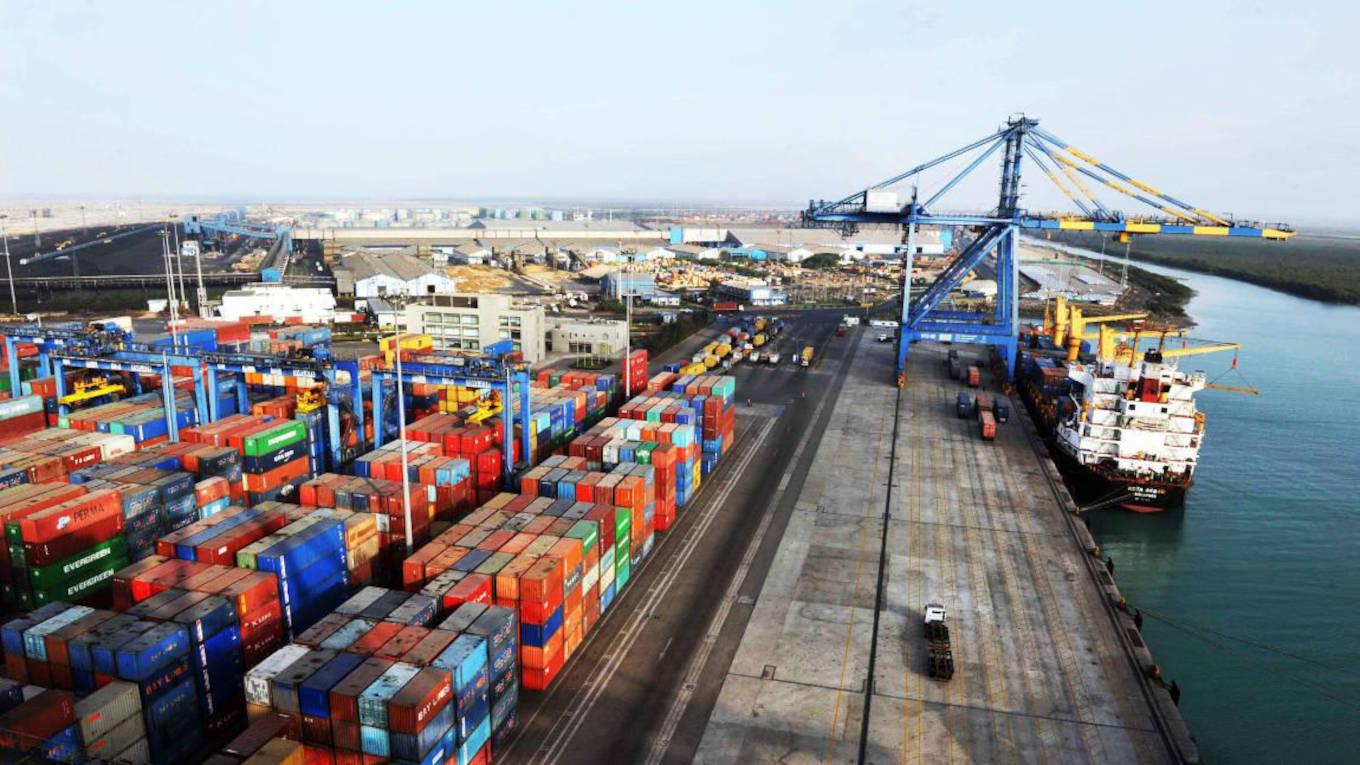-
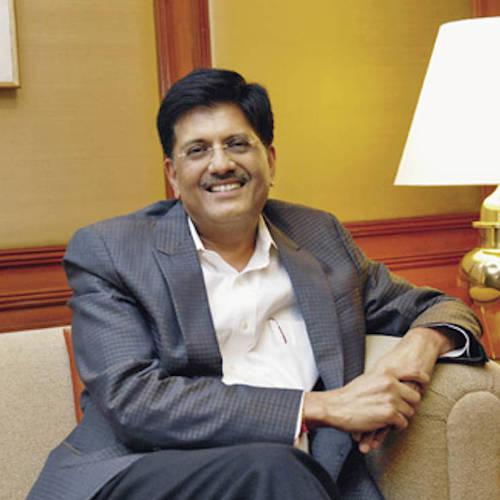
Goyal: exhorting exporters; Photo: Sanjay Borade
Upheaval in the first half
The almost freefall drop as witnessed in April and then the consistent pullback where the decline margin narrowed has culminated in merchandise exports earnings of $27.58 billion in September which marks a positive growth of nearly 6 per cent when compared with the corresponding month in 2019. But according to official data, on an overall six-monthly performance basis, the contraction is still in high double-digit range.
Exports during April-September 2020-21 stood at $125.25 billion, which marks a growth of -21.31 per cent over the same period last year, when cumulative merchandise exports had stood at $159.16 billion.
In specific monthly performance terms, September 2020 saw the value of non-petroleum exports rising to $23.81 billion – an improvement of 5.44 per cent over September 2019. The value of non-petroleum, non-gem and jewellery exports in September 2020 went up to the double-digit ratio of 11.12 per cent – $21.11 billion last month, as compared to $19 billion in September 2019. The cumulative value of non-petroleum and non-gems & jewellery exports in April-September 2020-21, however, was $104.35 billion, which marks a decline of over 12 per cent on a half-yearly basis, as the same period figure last year stood at $18.65 billion.
In September alone, the product categories that led the positive rally included drugs and pharmaceuticals (24.38 per cent), rice (93.86 per cent) and engineering goods (5.44 per cent). Other important commodities like gems & jewellery (-24.66 per cent), man-made fibre and yarn (-9.13 per cent) and marine products (-5.41 per cent), however, continued to stay in the red zone (see table: Export of major commodities.
“Considering the massive drop just at the beginning of the current fiscal, the comeback signs as witnessed in September are quite remarkable. It shows the hard work which industry stakeholders have put in and the support which the ministry of commerce has extended in the crisis hour,” says Sharad Saraf, president, Federation of the Indian Export Organisations (FIEO). “The way the exports scene has changed and is now panning out is quite impressive – especially, if you take into account the fact that the first quarter has almost been a completely lost spell for the garment industry,” says Sakthivel, chairman, Apparel Export Promotion Council (AEPC).
There are interesting features that comprise the revival of a small surge in exports after the consistent drop for five straight months. Senior industry stakeholders say that, barring agriculture and, to a considerable extent, marine products, plant-based export-centric activities in other sectors had simply come to a standstill after the lockdown was imposed in late March, at least for the first two months – April and May. So, much of the pullback exercise has unfolded in the second quarter period. “Port activities during those two months especially had almost come down to 20-30 per cent of the total capacity,” recalls a senior functionary of a private port on the eastern coast, who adds that the average volume handled now has been restored to the extent of 70-80 per cent of pre-Covid days.
A recent report by credit agency ICRA tracking business at Indian ports in recent months corroborates the subtle revival assumption, when it says that the cargo at Indian ports witnessed a 9 per cent year-on-year decline in July and August, which is a much improved performance when compared with the severe contraction of 22 per cent in the first quarter. “The recovery has been relatively better at non-major ports and is driven by easing of containment measures and an uptick in economic activity,” the ICRA report maintained.
-
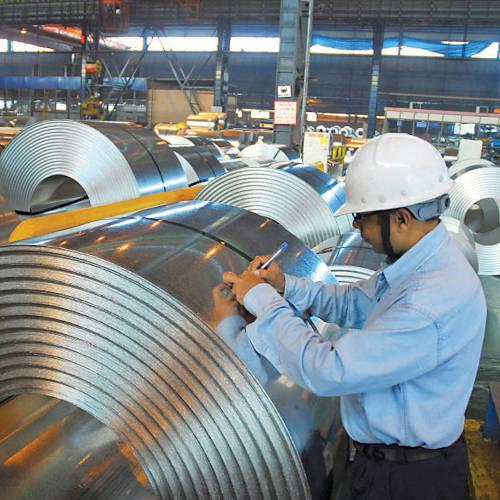
Steel has seen a major surge in exports; Photo: Palash Ranjan Bhaumick
Interesting recent trends
Within the exporters’ fraternity, a theory doing the rounds to explain the unexpected positive twist is: India has begun benefiting from the larger anti-China sentiments in the global market. “This is a big factor resulting in our changing numbers. Several countries are looking for alternative markets to China resulting in fresh orders coming to Indian exporters in specific segments,” Saraf underlines. According to Sanjay Budhia, MD, Patton group & chairman, CII National Committee on Exports & Imports, the surge in inquiries or demand is visible in segments where India is competing with China. “Engineering goods is one such segment. International customers are aware that India also has expertise in this line of products and, therefore, when they are looking to act on their China plus one or alternative market strategy as forced by the new geopolitical realities after Covid-19, India is there,” he says. The data of recent months clearly pinpoints that engineering goods have been a scoring segment for Indian merchandise exports.
But saying anti-China sentiments are the reason for the preliminary revival signs of Indian exports is too far-fetched a conclusion at this stage, feels Rakesh Mohan Joshi, professor & chairperson, International Collaborations & Research, Indian Institute of Foreign Trade (IIFT). “Coming back to positive territory in six months is quite an achievement. But it has happened more because of acute demand shortage in specific agriculture commodities globally, with India being in a position to respond to that,” he says, while adding that the surge in agricultural commodities is happening at an opportune moment as the government has just implemented big-bang reform measures for the sector.
In a traditional sense, mineral fuels including oil, gems & jewellery, organic chemicals, vehicles, pharmaceuticals, electrical machinery, iron and steel, and clothing & garments, have been the driving elements of India’s merchandise export basket, which stood at $322 billion in 2019. And, making a mark in agriculture commodities and their value-added variants has been a key aspiration of the present government, which has set the lofty target of doubling agri-exports in a medium run. But the desired results seem to have come a bit early, as there has been a massive 43.4 per cent jump in agriculture exports in the period since April this year.
According to a Ministry of Agriculture release: “The export of essential agri-commodities for the cumulative period of April-September 2020 has increased to Rs53,626.6 crore, as compared to Rs37,397.3 crore during the same period last year.” Rice – both basmati (13 per cent growth) and non-basmati (105 per cent growth) – has led this agri-driven surge, where ample support has come from other commodities like groundnut (35 per cent growth), and refined sugar (104 per cent). “As far as sugar export is concerned, this has been the best year in our history. We exported 5.6 million tonnes during the October-September cycle, which is a new annual record.
The previous record was 4.9 million tonnes registered in 2007-08. We have mainly responded to demand from countries in the Middle-East including Iran, East African countries, Sri Lanka, Afghanistan, Bangladesh, Malaysia and Indonesia. There was so much of demand that shipment happened even during the most troubled period,” says Abinash Verma, Director General, Indian Sugar Mills Association (ISMA).
-
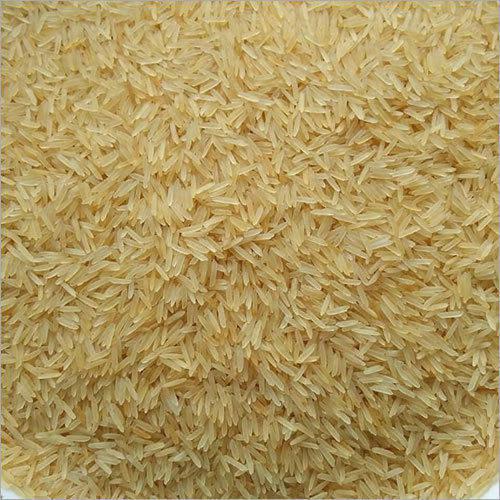
Rice led the agri-driven surge
Steel proves its mettle
Steel has been another surprising product class (it now figures in the list of India’s top 10 exports basket), which saw a major surge in outbound shipment in the troubled months and much of the consignment was routed to China, though border tensions between the two countries have been widely reported in recent months
According to a recent report by Crisil Research, in a period when the domestic demand had nosedived thanks to the lockdown, Indian steel-makers turned into net exporters – primarily to China, where 69 per cent of semi-finished steel and 28 per cent of finished steel were dispatched between April and August. “Primary steel-makers exported 60-80 per cent of their total production between April and August this year to various destinations, with China leading the pack,” the report underlined. V.R. Sharma, Managing Director, Jindal Steel & Power confirms that, for Indian steel-makers, finding international buyers has been the key strategy in this troubled period. “During Q1 2020-21, owing to the lockdown, exports remained the major avenue to support the plant operation.
During this period, JSPL exported to Europe, the Middle East, South East Asia, etc, and even to China. During the peak of lockdown in April 2020, JSPL’s export sales were 72 per cent of the total sales, but this has come down to 38 per cent in September 2020, thanks to the revival of domestic demand,” he says. Incidentally, the company exported only 300,000 tonnes of steel last year but is now expected to sell 2.5 million tonnes globally in 2020-21.
Apparel and garments can also be classified as a sector, where turnaround signals have emerged sooner than expected. According to Sakthivel, apparel exports from India could well show a modest positive growth this year as the new category – medical textiles – which has evolved in response to Covid-19, is doing well, particularly in developed western markets. “We will definitely do better than last year’s figure of over $15 billion exports. The apparel industry has been allowed to initiate the production of Personal Protective Equipment (PPE) at a time when the scenario looked bleak. And, it has spared no efforts in making the most of it,” he says, while praising the textile minister for being pro-active in facilitating the apparel industry to tap this new segment called medical textile, where India has emerged as the number two producer in the world since the beginning of the outbreak.
The road ahead
The moot question now is: after five successive months of double-digit decline, does it make sense to look forward to a clean and fast recovery in the second half of the current fiscal? According to an FIEO note, 22 out of the 30 major product groups were in positive territory during September 2020, which itself depicts signs of revival in the sector. “Performance of the labour-intensive sector of exports, especially drugs & pharmaceuticals, engineering goods, RMG of all textiles, carpet, jute-making, including floor covering and handicrafts, has not only been impressive, but some of them have also shown higher double-digit growth,” says Saraf, while projecting that total Indian exports are likely to settle in the vicinity of $300 billion at the end of the current fiscal.
Mohit Singla, chairman, Trade Promotion Council of India (TPCI), concurs, saying that the next two quarters are likely to bring more cheer to the business. “Global trade shows signs of rebound from Covid-19 as per the latest estimate from the WTO, and the performance of trade for the year to date exceeded expectations due to a surge in June and July as lockdowns were eased and economic activity accelerated. The sectors which will see rise in demand globally are steel, mining, pharma, home sanitation and the home furnishing sector, including logistics and chemicals; the e-commerce sector will grow as well for the next two quarters,” he observes.
-
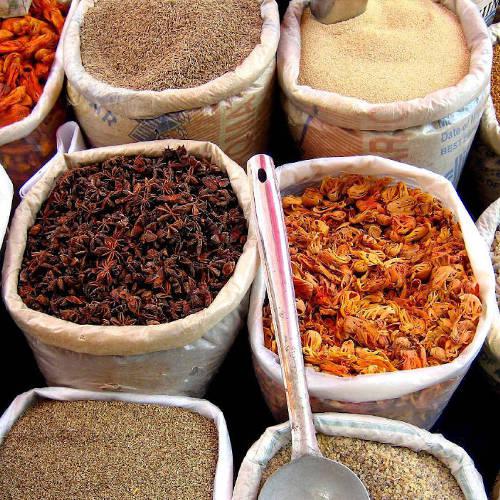
Spices too emerged as the flavour of the season
But not everybody is convinced about sustaining the small positive growth number as registered in the concluding month of H1 and making it big for the rest of the remaining fiscal. “Reaching close to $300 billion will be difficult. Half of the year has gone. On the basis of one month’s positive numbers, it is difficult to draw a promising picture for the next six months, especially in a situation like this, where the pandemic is still around,” says Joshi. “The reasonably broad-based pick-up in merchandise exports in September 2020 has come as a relief, and signals on its sustainability are anxiously awaited in the light of the second wave of Covid-19 being experienced in many trading partners,” Aditi Nayar, Principal Economist, ICRA warns.
The high element of unpredictability as expressed in some quarters has its own logical base. For instance, imports of precious metals including gold, silver, pearls, precious and semi-precious stones along with raw materials for gems & jewellery and leather product exports (traditional strongholds of Indian exports) have reduced and are still in the negative zone and as analysts point out, this does not augur well for these major, labour-intensive sectors of exports.
Product lines like steel which gave a dazzling export performance in the first half, are also slated to come down significantly with the uptick in domestic demand. “It has already started coming down since August with the pick-up in domestic infrastructure projects and automobile production. It will go down further in the second half,” says Arnab Hazra, Deputy Secretary General, Indian Steel Association.
Saraf of FIEO points to some immediate hurdles like the shortage of containers in the market (with imports dipping, the volume of containers coming into the country dropped, which is affecting available containers for outbound shipment) and a 30-40 per cent rate appreciation by the leading shipping lines. According to Sanjay Budhia, the urgent and immediate need of the hour, to sustain exports turnaround, would comprise a set of measures, which includes releasing accrued MEIS (Merchandise Exports from India Scheme) benefits to exporters for shipment from April to August 2020, to counter the liquidity shortage issue which is a major pain point for exporters today.
Exporters are also eagerly waiting for the implementation of the RoDTEP (Remission of Duties or Taxes on Export Product) scheme from January. The scheme, to be monitored by the Ministry of Finance, will facilitate an extra export credit line of up to Rs68,000 crore. In the medium to long-term perspective, wherein India is aspiring to become a powerhouse, with a new set of trade agreements with preferred partners like the EU and the US, facilitating lower interest rates on a permanent basis is a must, Budhia feels.
“Even after interest subvention, Indian exporters have to pay a minimum 5.5 per cent interest rate but exporters in major competing countries have to pay much lower interest rates – nil or negligible. The government implemented an interest equalisation scheme of 5 per cent for MSMEs and 3 per cent for others. However, this 5 per cent should be applicable to all exporters so that they can compete in the international market,” he says, while adding that given WTO’s projection of a fast turnaround in global trade in 2021-22, India must resolve some of the pertinent pending issues to take a fresh stance in the international market.
